Color In Flowers – Where Does Flower Pigment Come From
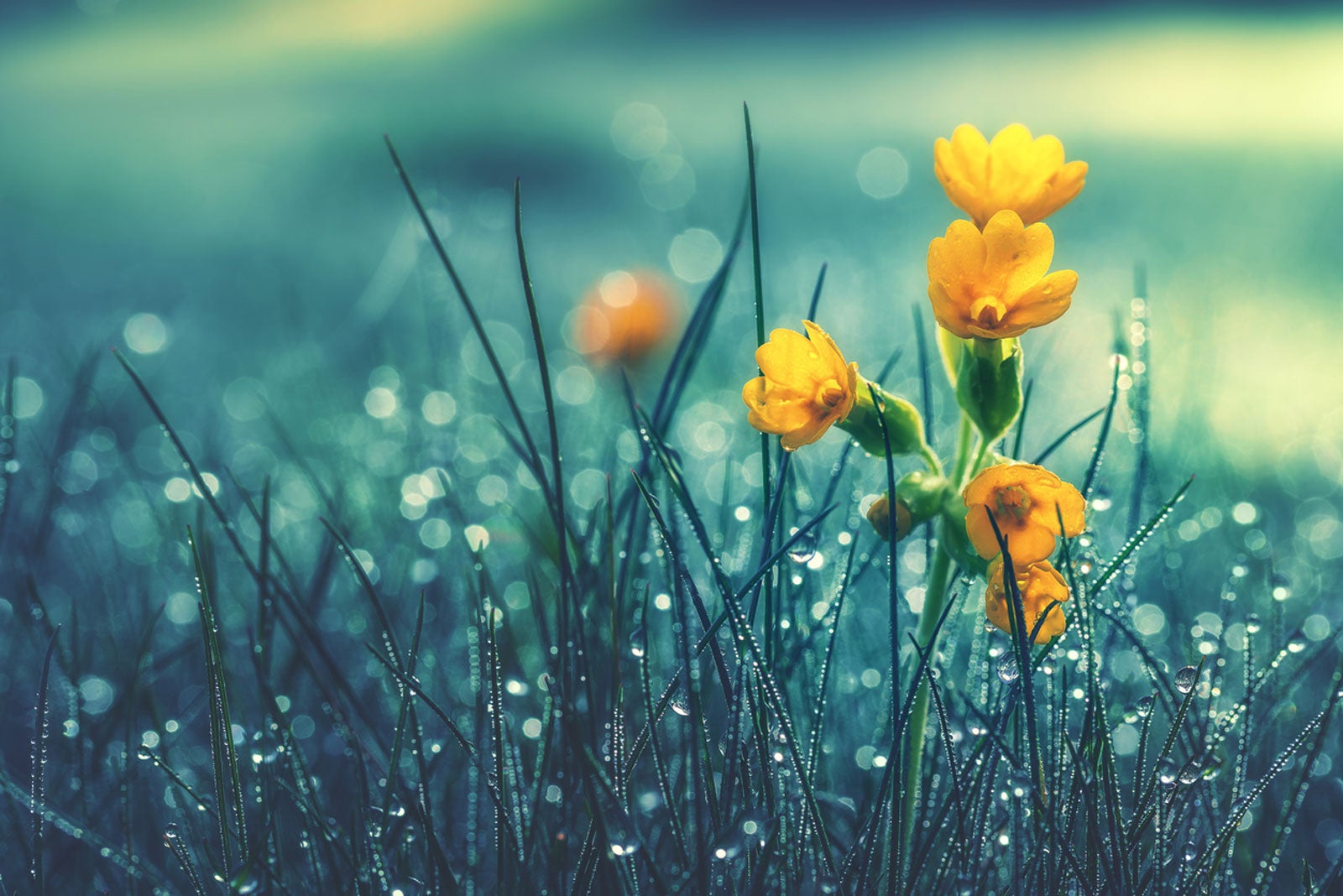

Flower color in plants is one of the biggest determinants for how we choose what to grow. Some gardeners love the deep purple of an iris, while others prefer the cheerful yellow and orange of marigolds. The variety of color in the garden can be explained with basic science, and it proves fascinating.
How Do Flowers Get Their Colors and Why?
The colors you see in flowers come from the DNA of a plant. Genes in a plant’s DNA direct cells to produce pigments of various colors. When a flower is red, for instance, it means that the cells in the petals have produced a pigment that absorbs all colors of light but red. When you look at that flower, it reflects red light, so it appears to be red.
The reason for having flower color genetics to begin with is a matter of evolutionary survival. Flowers are the reproductive parts of plants. They attract pollinators to pick up pollen and transfer it to other plants and flowers. This allows the plant to reproduce. Many flowers even express pigments that can only be seen in the ultraviolet part of the light spectrum because bees can see these colors.
Some flowers change color or fade over time, like from pink to blue. This informs pollinators that the flowers are past their prime, and pollination is no longer needed.
There is evidence that in addition to attracting pollinators, flowers developed to be attractive to humans. If a flower is colorful and pretty, we humans will cultivate that plant. This ensures it keeps growing and reproducing.
Where Does Flower Pigment Come From?
Many of the actual chemicals in flower petals that give them different colors are called anthocyanins. These are water-soluble compounds that belong to a bigger class of chemicals known as flavonoids. Anthocyanins are responsible for creating the colors blue, red, pink, and purple in flowers.
Other pigments that produce flower colors include carotene (for red and yellow), chlorophyll (for the green in petals and leaves), and xanthophyll (a pigment that produces yellow colors).
Gardening tips, videos, info and more delivered right to your inbox!
Sign up for the Gardening Know How newsletter today and receive a free copy of our e-book "How to Grow Delicious Tomatoes".
The pigments that produce color in plants ultimately come from genes and DNA. A plant’s genes dictate which pigments are produced in which cells and in what amounts. Flower color genetics can be manipulated, and has been, by people. When plants are selectively bred for certain colors, plant genetics that direct pigment production are in use.
It’s fascinating to think about how and why flowers produce so many unique colors. As gardeners we often choose plants by the flower’s color, but it makes the choices more meaningful with an understanding of why they look the way they do.

Mary Ellen Ellis has been gardening for over 20 years. With degrees in Chemistry and Biology, Mary Ellen's specialties are flowers, native plants, and herbs.
-
 Types Of Tomatoes Explained: Explore The Many Wonderful Shapes, Colors, Flavors, & Best Uses
Types Of Tomatoes Explained: Explore The Many Wonderful Shapes, Colors, Flavors, & Best UsesThe world of tomato varieties is vast and fascinating. Learn about the key types to grow in your garden, tailored to your preferences and space.
By Amy Grant
-
 Try The Trend – Turn Any Bed Into A Keyhole Garden With This Clever In-Ground Composter
Try The Trend – Turn Any Bed Into A Keyhole Garden With This Clever In-Ground ComposterKeyhole gardening is an efficient and sustainable practice that saves space. Get started on this DIY project quickly and easily with an in-ground composter.
By Bonnie L. Grant
-
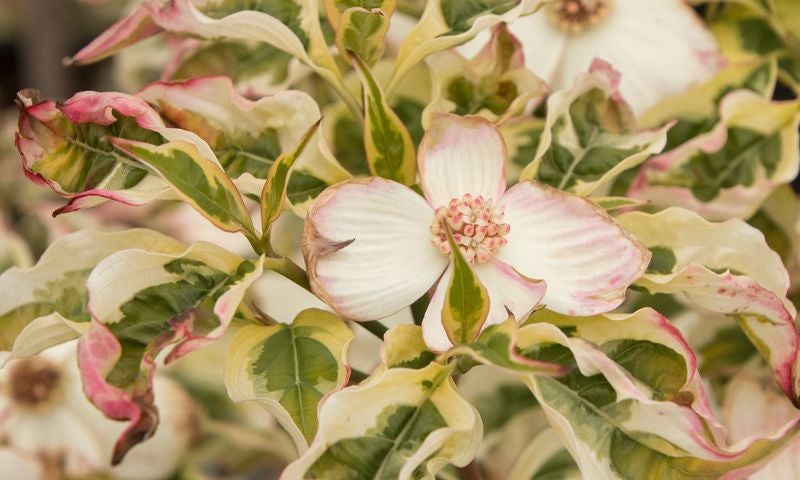 20 Hard-to-Find Spring Flowers & Plants That Look Amazing All Season
20 Hard-to-Find Spring Flowers & Plants That Look Amazing All SeasonIt’s finally beginning to look like spring! If you’re eager to find some unique, hard-to-find varietals to satisfy your spring fever, look here first.
By Caroline Bloomfield
-
 How Wildflower Strips Help Attract Pollinators To Your Yard
How Wildflower Strips Help Attract Pollinators To Your YardIf you have a small garden spot or strip available, fill it with wildflowers for our hungry pollinators. Click to learn more.
By Tonya Barnett
-
 10 Knockout Native Flowers To Add A Punch Of Color To Your Garden
10 Knockout Native Flowers To Add A Punch Of Color To Your GardenGrowing native is the way to go. See our list of ten native wildflowers that will knock you out with color.
By Amy Grant
-
 Pretty Plants For A Pastel Flower Bouquet
Pretty Plants For A Pastel Flower BouquetRoses aren’t the only romantic flower. Some romantic pastel flowers can fill in beautifully.
By Tonya Barnett
-
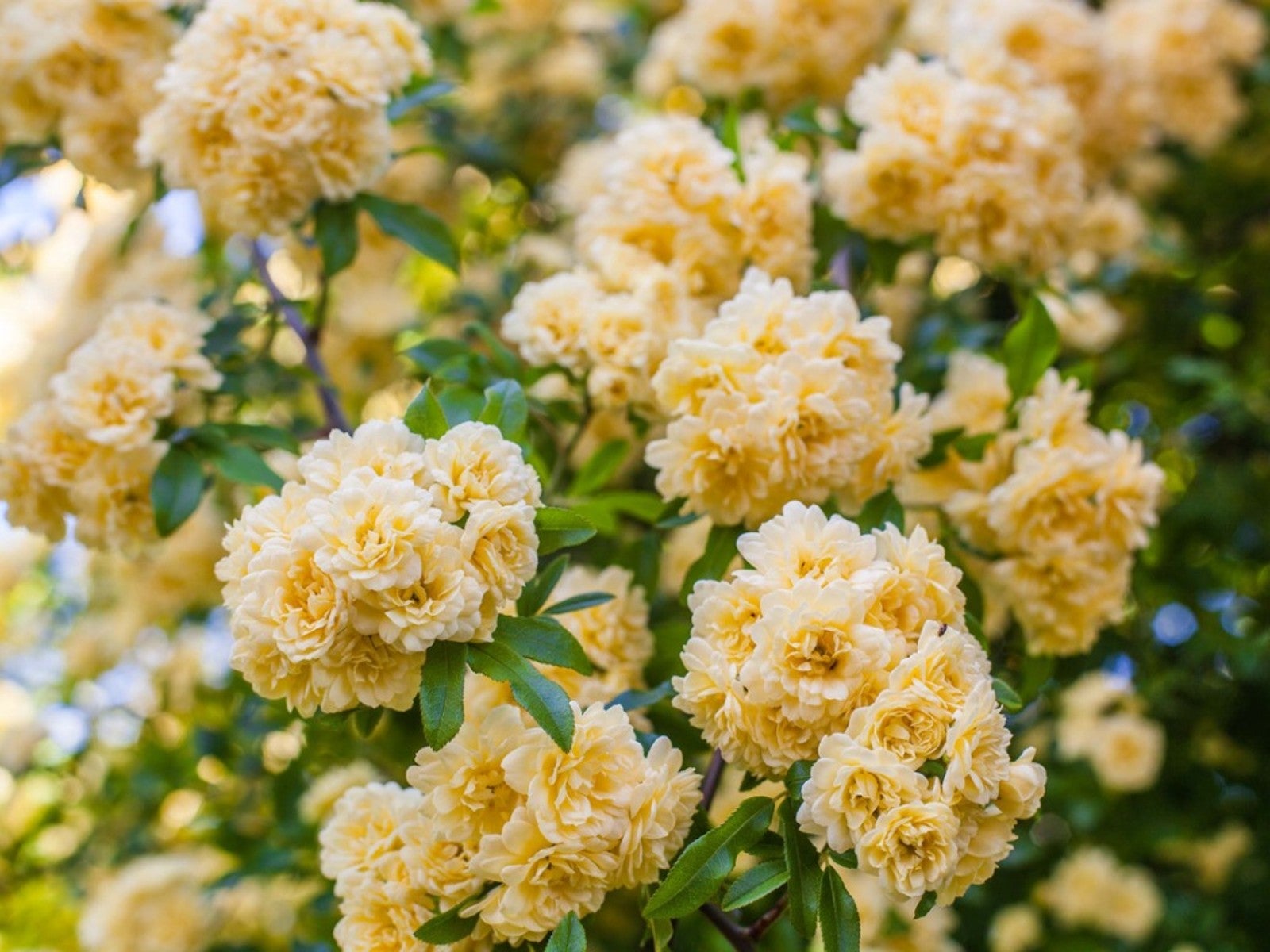 Soft Yellow Plants For A Sunny Pastel Garden
Soft Yellow Plants For A Sunny Pastel GardenClick here for ideas on some pale yellow flower varieties for pastel garden designs.
By Tonya Barnett
-
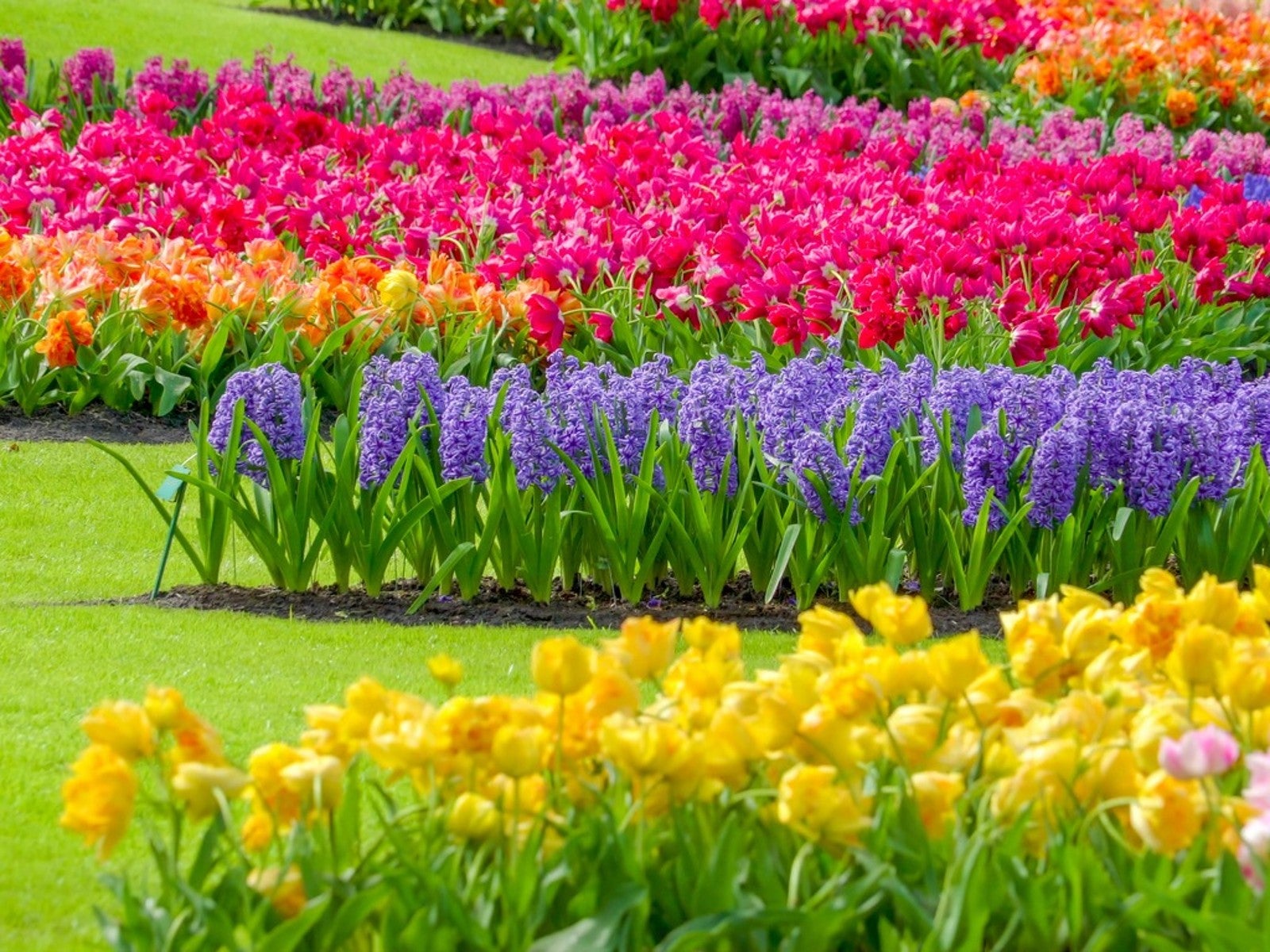 Most Common Flower Color In The World
Most Common Flower Color In The WorldWhat are the most common and least common flower colors in the world? Click here to find out.
By Mary Ellen Ellis
-
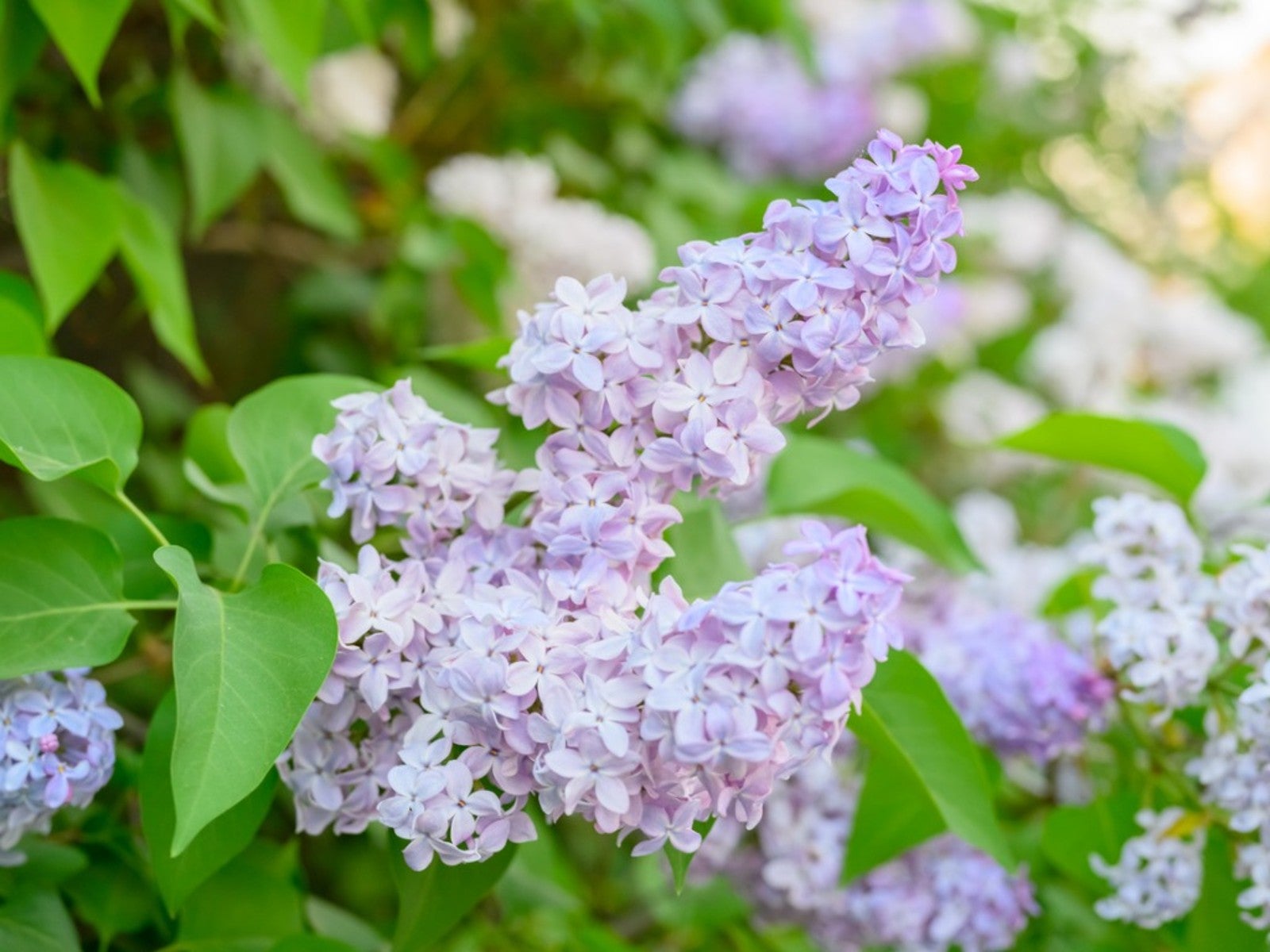 Pastel Plants For A Lovely, Light Purple Flower Garden
Pastel Plants For A Lovely, Light Purple Flower GardenClick here for ideas on some light purple plants for a pretty, pastel garden display.
By Tonya Barnett
-
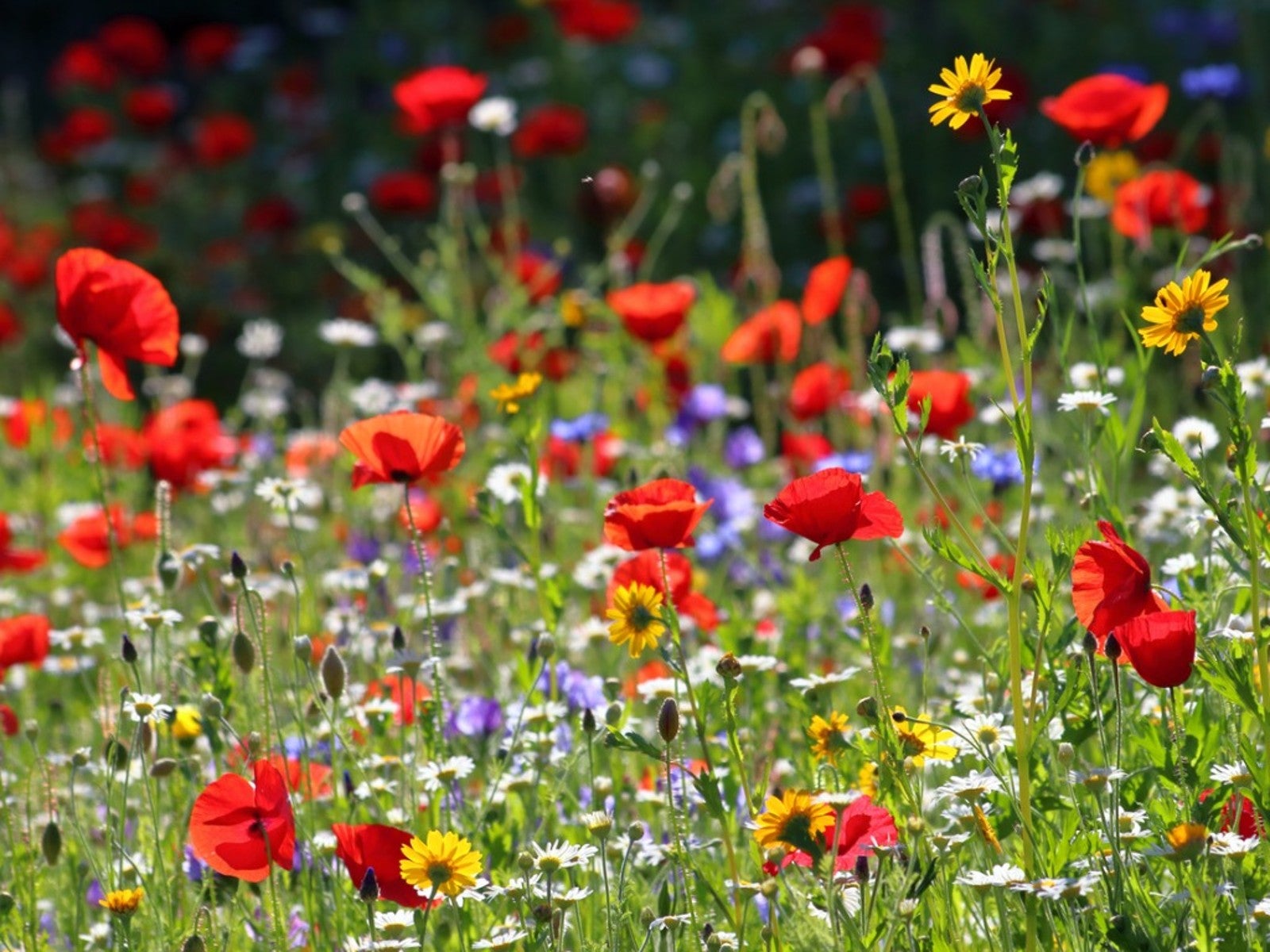 Plant Wildflower Seeds In Fall for A Stunning Spring Display
Plant Wildflower Seeds In Fall for A Stunning Spring DisplayCan you plant wildflower seeds in fall? What makes fall the best time to sow wildflower seeds? Click here for more.
By Tonya Barnett